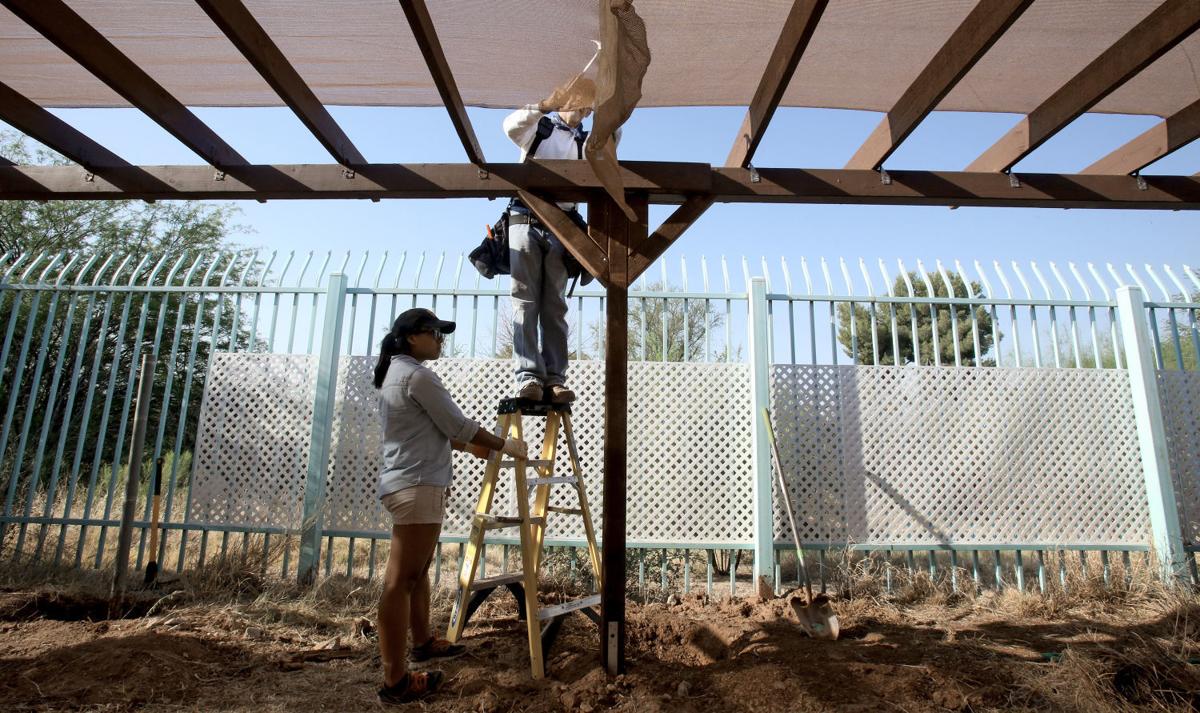You’ve probably heard that it’s bad luck to walk under a ladder. Sometimes it’s even worse luck to climb a ladder.
About 20% of fall injuries among workers involve ladders, according to the Centers for Disease Control.
Among construction workers 81% of fall injuries that require emergency treatment involve a ladder.
Staying at home during the coronavirus pandemic might have you thinking of doing those put-off home fix-ups.
If any of these chores involve a ladder, here are a few things you should know.
First, choose the right ladder for the job.
You’ll need to consider the surface the ladder will be standing on, the height it should reach and your weight, including the weight of anything you’ll be taking up the ladder.
There are many more choices than step ladders and extension ladders, including trestle ladders, step stools, articulated ladders, platform ladders and mobile ladders.
You wouldn’t want to use a step ladder to climb up on a roof or an extension ladder to change a light bulb.
Once you’ve chosen the right ladder, you need to be sure it is very stable before setting a foot on the first step. Once the ladder is set up, you must be absolutely sure it won’t rock or wiggle.
Use the four-to-one rule for stability as well. For every 4 feet of height you must climb, move the base of the ladder 1 foot from the wall.
An extension ladder should extend 3 feet above the top of the wall or the roof eave.
When climbing and working on a ladder, maintain three points of contact.
Always have two hands and one foot or two feet and one hand in contact with the ladder.
Wear slip-resistant shoes, use a tool belt so your hands can be free as you climb, remain centered between the ladder’s side rails and don’t even think about trying to move the ladder while you are on it.
Only one person should be on a ladder at a time.
If you are doing the kind of work that requires two hands, consider a scaffold instead. The cost is higher, but it’s often safer.
You should also inspect a ladder that you haven’t used in a while. Be sure it isn’t rusty and that everything is still sturdy and in good working order.
All of these rules are easily available at the website of the American Ladder Institute, where you can learn about the many different kinds of ladders available, how to care for them and how to properly use them.
Go to AmericanLadderInstitute.org
You can also find many safety tips at the Occupational Safety & Health Administration’s website: tucne.ws/oshaladders
One more tip: Make sure someone else is around while you use that ladder. Sometimes falls happen no matter how much care is taken.





